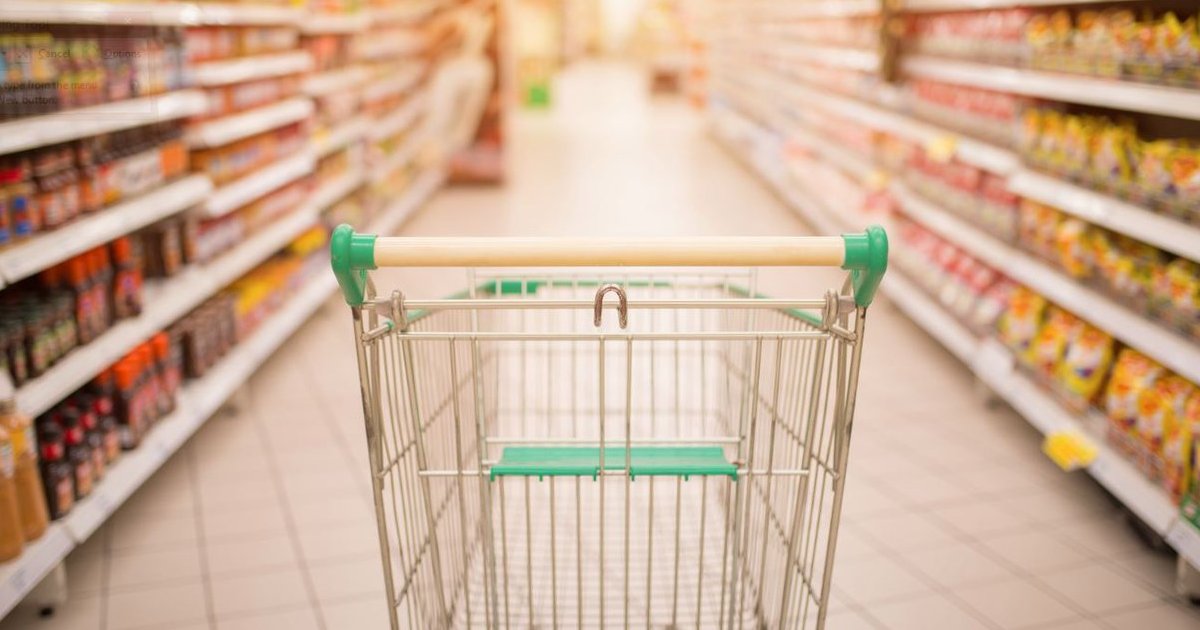
Cyber Day brought together thousands of gamers as a large-scale esports event was held in the capital (+photo)


 21.08.2023 10:00
21.08.2023 10:00Retailing is under pressure from all sides: suppliers are trying to pass their costs into the price of goods, competition requires higher investments and limits the ability to increase retail prices, and labor costs are constantly rising.
At the same time, the requirements of customers are growing – the bar for quality and personalized service is rising higher, as are the requirements for freshness and quality of products. In this environment, retailers are struggling to survive as they seek internal resources to ease the pressure on profitability and customer demand. This struggle is not new. For many years retailers have fought traditional cost reduction methods, and many have reached the limit of “perfection”. Then the era of automation and digitalization started. Retail chains have implemented various solutions in supply chain management, data analytics, robotics, and customer service. Despite the many improvements, certain challenges persist.
One such headache – On Shelf Availability (OSA). The average OSA level in retail in Western Europe and the USA is about 92%. As a result, annually retailers lose about 4% of sales and in addition frustrate shoppers. Various analyses show that a 2-percentage point improvement in OSA results in a 1% increase in sales. The problem is even bigger in less developed countries including Central and Eastern Europe. Such a situation stuck and not improving a couple of decades. The question arises – why retailers cannot solve this problem.

Retail adviser and co-founder of SUMATUS and Retail IQ Valdas Puzeras shares his thoughts on OSA as well as on process that could help solve the problem.
Working in retail industry for more than 20 years in many countries like Ukraine, Georgia, Kazakhstan, Lithuania we always have OSA problem on an agenda. I could indicate several reasons, why the problem still exists and situation not improving:
A guideline that could help retail professionals to fight with OSA problem:
First – there should be a desire to implement management changes and fight a problem. As soon as we created a desire to improve OSA, we must estimate the level of shortage of goods by categories and stores. As well we must determine lost sales.
Dig deep into data to understand what causes OSA problem. It is very important to split events into two segments:
a) order related reasons that affect Store OOS including False Inventory;
b) store performance reasons that affect Shelf OOS.

After you have determined causes of OOS, start solving issues with the help of various automated management tools, one of which is SUMATUS on-shelf availability which we recently developed.
It is important to understand that causes OSA are being solved when optimizing the following 5 issues everyday:
So, you highlighted OSA problem causes and already started solving it through deconstruction and optimization of each of 5 issues. Focus on issues that affect the majority of OSA problems. What is very important – working on selected issues daily and implementing digital solutions which help work systematically and save employee time. Practice shows that digitalization can dramatically improve OSA from day one.
It is specialized OSA software, developed using Machine Learning technology specifically for brick & mortar retailers to track all SKUs in all stores, identify false inventory and other store operational issues, timely provide prioritized alerts to store staff or directly to inventory accounting systems for auto-correction of stock balances. That helps timely identify issues, fix them, improve product on shelf availability and visibility, and save sales. Software identifies 16 different events and situations. Solution especially fits well to food & beverages, DIY, pet care, consumer electronics, drogery & pharmacy type retailers.
How it works?
Why choose SUMATUS on shelf availability?
Book a free demo and pilot: info@sumatus.eu or +370686 55047 (Viber, Telegram, WhatsApp) or https://www.sumatus.eu/freedemo





